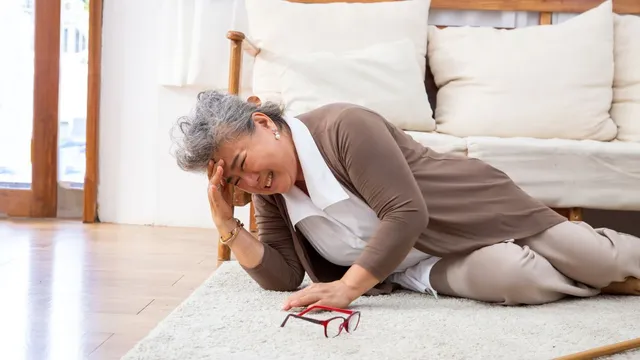- By Iram Hussain
- Mon, 28 Oct 2024 05:10 PM (IST)
- Source:JND
Stroke is a leading cause of death and long-term disability worldwide, affecting both men and women. While many symptoms are similar across genders, important differences exist that can influence recognition, treatment and outcomes. Understanding these differences is crucial for timely intervention, prognostication and improving recovery.
In a conversation with Jagran English, Dr Amit Batra, Associate Director - Neurosciences, Neurology, Max Super Speciality Hospital Patparganj explained the differences in stroke symptoms in men and women.
Common Symptoms Of Stroke
Both men and women generally experience the classic symptoms of a stroke which include
Sudden Numbness or Weakness
This often occurs in the face, arm, or leg, particularly on one side of the body.
Confusion
Sudden difficulty in understanding or speaking can signal a stroke.
Difficulty Seeing
This can affect one or both eyes and may manifest as sudden
blurred vision or loss of sight.
Difficulty Walking
This may include loss of balance, coordination, or a sudden inability to walk.
Severe Headache
A sudden, intense headache with no known cause can be indicative of a haemorrhagic stroke.
Unique Symptoms In Women
While men and women share many common symptoms, women often experience additional, less recognised symptoms that may complicate diagnosis.
Nausea and Vomiting- Women may report gastrointestinal symptoms more frequently, which can be mistaken for other health issues.
Shortness of Breath- This symptom can occur in women but is less frequently noted in men.
Seizures- Some women may experience seizures during a stroke, which is not as common in men.
Extreme Fatigue- A sudden feeling of exhaustion can be a warning sign for women, but it is often overlooked.
Pain in the Face, Arms, or Legs: Women may experience more pronounced pain in these areas, complicating the identification of stroke symptoms.
Risk Factors For Stroke And Their Impact
Risk factors for stroke can differ between men and women. Women are more likely to experience strokes related to hormonal changes due to pregnancy, childbirth, menopause or the use of oral contraceptives. A higher frequency of migraines in women is also a risk. These factors can alter the presentation of stroke symptoms. For example, pregnancy and menopause.
Outcomes and Recovery
Further, the doctor said, research indicates that women may face worse outcomes after a stroke compared to men. They are often older at the time of the event and may have other comorbid conditions that complicate recovery. Women are also more likely to experience complications such as depression and anxiety post-stroke, which can impede rehabilitation efforts.

